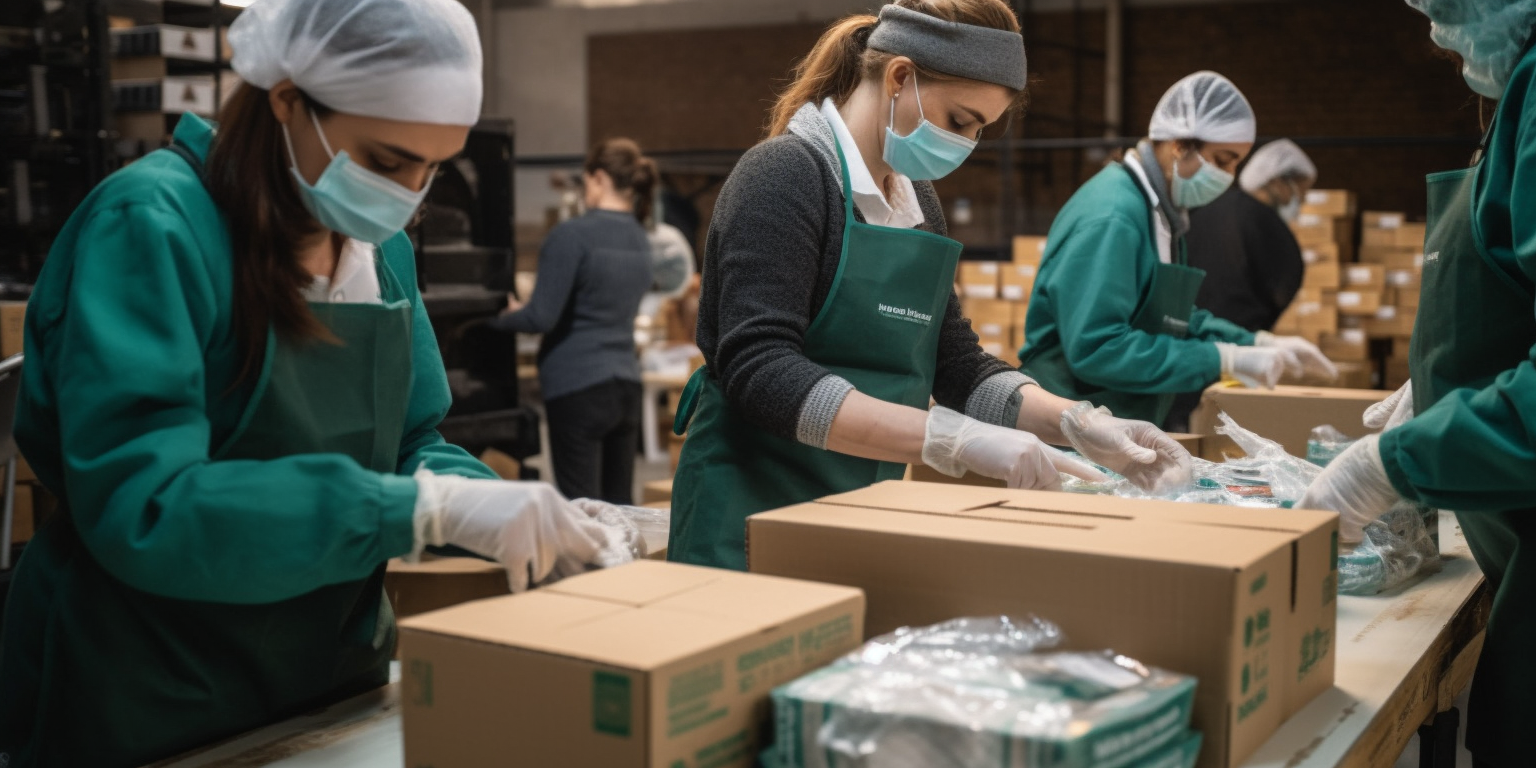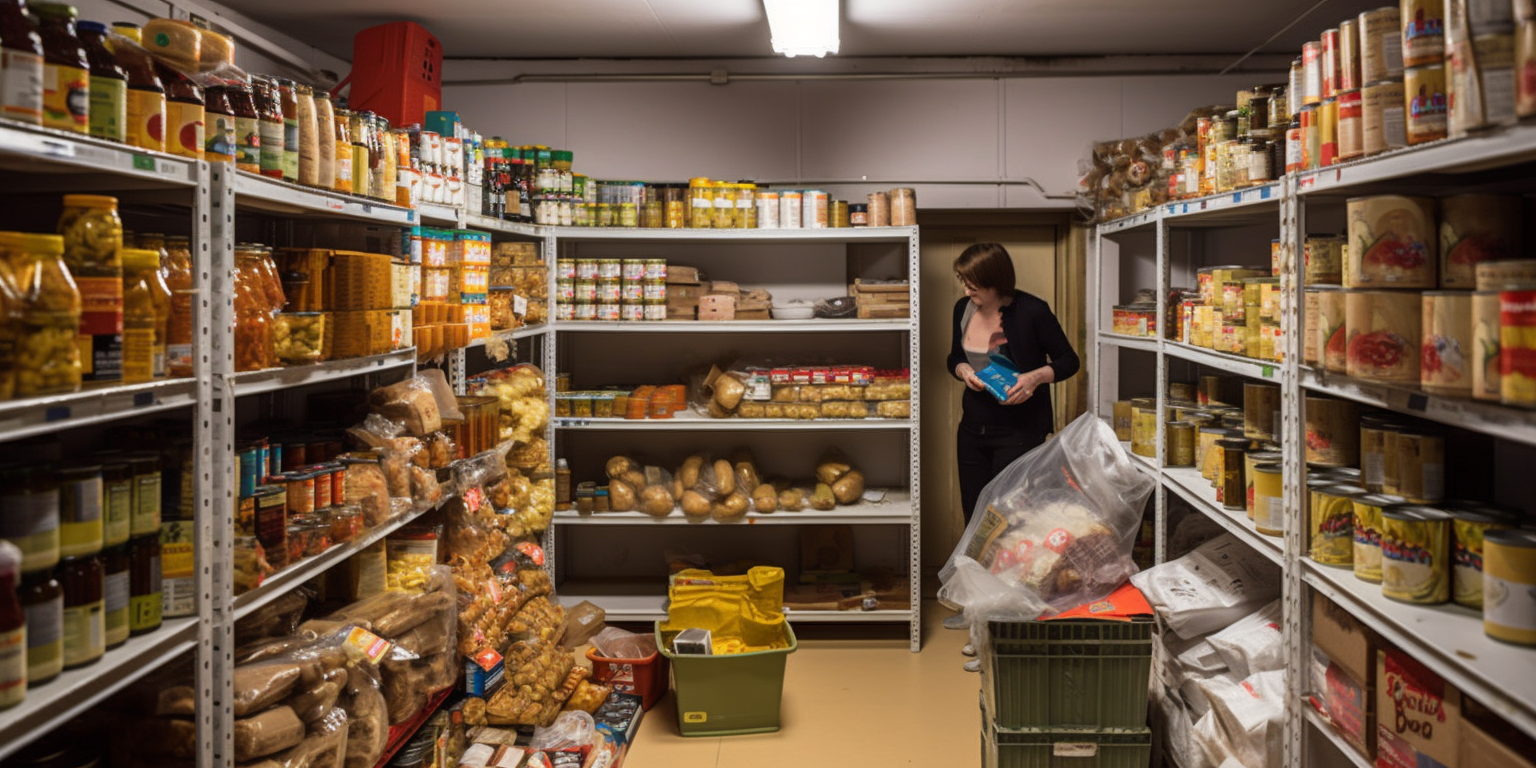
Why the World's Food Supply is in Danger and What You Can Do to Prepare
Why the World's Food Supply is in Danger and What You Can Do to Prepare
When you think of threats to our food supply, images of failed harvests and rotting crops probably come to mind. However, the major problem lies with us — or rather our appetites. According to a new report from the United Nations Environment Programme (UNEP), humans will have surpassed the Earth’s ability to produce enough food to feed everyone on it by 2050. That’s why researchers are warning that unless people radically change their eating habits and adopt more sustainable practices, we risk seeing mass famines in coming decades. To understand how serious this problem is, let’s take a look at how it came about, its implications for your diet and how you can prepare for it if you want to protect yourself and loved ones from its dangers
How did we get to this point?
Agriculture has changed dramatically over the past few hundred years, moving from traditional systems that relied on peasant farmers, hard labour and animals to produce fruit, vegetables and other crops, to a highly mechanized system that requires machinery and fertilizers to produce high crop yields.
As a consequence modern agriculture has also become much more dependent on oil. Since petroleum is also used in fertilizers, oil can be seen as “one of the main constraints on the production of food,” as the UNEP report notes, our reliance on it is one of the main reasons we are approaching a critical dilemma.
The 4 main dangers to our food supply
-
Water scarcity: Agriculture is highly dependent on water resources for irrigation, and the availability of freshwater is increasingly under pressure due to climate change, over-extraction, and pollution. Water scarcity can lead to reduced crop yields, crop failure, and increased competition for water resources among different sectors and regions. This, in turn, can contribute to conflicts and social unrest.
-
Soil degradation: Soil degradation, resulting from erosion, nutrient depletion, and pollution, undermines the productivity of agricultural land. Unsustainable farming practices, such as monoculture, excessive tillage, and overuse of chemical fertilizers and pesticides, contribute to soil degradation. As soil quality declines, crop yields may suffer, and the ability of land to support agriculture may diminish over time. The use of synthetic pesticides has been increasing dramatically over the past few decades. These chemicals, however, have serious side effects on both people and the environment.
- Damage to ecosystems: While synthetic pesticides have serious negative consequences on humans and the environment, they also have serious negative consequences on the organisms that provide us with food. One of these is the rise of “superweeds” that are immune to many of these chemicals. These superweeds, in turn, damage ecosystems and hence reduce the number of plants that farmers can use for food production. Habitat destruction, monoculture farming, and the overuse of chemical inputs have led to a decline in biodiversity, including the loss of pollinators and natural predators of pests. This loss can reduce crop yields, increase vulnerability to pests and diseases, and make agricultural systems more susceptible to environmental changes.
- Climate change and extreme weather events - whether attributed to long term trends or caused by human activities: Climate change is a significant threat to agriculture as it leads to unpredictable weather patterns, increased frequency and intensity of extreme weather events, and rising temperatures. These conditions can cause crop failures, reduced yields, and the loss of arable land. Climate change can also exacerbate pests and diseases, further affecting crop productivity.
How you can prepare for the future of food
- Eat more local and seasonal produce: This is especially important if you live in a city where there are only a few months of good weather per year. After all, “the production of food is highly seasonal in nature. It depends on the rise and fall of the temperature,” notes the UNEP report. “Therefore, any attempt to alter the climate is likely to have a huge impact on food production.”
- Think about reducing your meat consumption: Animal agriculture is a major contributor to both the danger of overuse and misuse of pesticides and damage to ecosystems. If you can, consider reducing your meat consumption and eating more plant-based proteins instead. Alternatively choose locally reared meat where possible.
- Eat more nutrient-rich whole foods: This is especially important for women, who have lower intakes of some key vitamins and minerals. Even something as simple as replacing white flour with whole wheat flour can make a difference.
- Be aware of the kinds of food packaging you use and what it’s made from. Look for labels that indicate the materials used in the packaging. If you have the option, look for packaging that uses recyclable materials or is compostable.
What you can do today to protect yourself and your family from a world-wide food crisis
- Consider growing your own food: One of the reasons we are experiencing trouble with the food supply is that so many people rely on highly mechanized agriculture and an intricate food supply chain that at any stage has the potential to break down. Growing your own food takes up space, energy and water, but it also provides you with sustainable, environmentally friendly, fresh, nutrient-rich produce.
- Store a substantial supply of long-lasting food at home, protecting your family in a crisis. Buy these foods in bulk when you can in order to keep your expenses down. This is especially important if you live in a city where it’s difficult or impossible to grow your own food in a crisis.
- Learn to cook from scratch, how to minimise food waste and ensure you can create nutritious meals from limited ingredients.
Bottom line
The world is facing a serious food security challenge. By the year 2050 the world population is estimated by the UN to be just under 10 billion people. In order to feed these additional 2 billion we will need to ensure that food production continues to increase, whilst efforts to improve the environmental footprint and sustainability of our production methods could seriously impact crop yields. This is potentially putting us on a trajectory that will increase the fragility of the system and result in significantly increasing the risk of a global food crisis.
Although there are various ways that you can protect yourself and your family from these dangers, they are unlikely to be adopted by a significant number of people. The best option is to eat more locally and seasonally produced food, grow your own food where possible, hold higher long life food reserves and minimise the amount of food waste your household generates.
Suggested Articles
The Role of Emergency Food in Pandemic Preparedness: Lessons from COVID-19
The COVID-19 pandemic has laid bare the vulnerabilities of our global food supply chains and has demonstrated the nee...
The Crucial Role of Emergency Food in Hunger Relief and Crisis Situations
Unravelling the significance of emergency food provisions in combating food insecurity and supporting vulnerable popu...
Preparing for the Worst: The Top Emergencies That Require a Food Supply
As the saying goes, hope for the best but prepare for the worst. In the UK, emergencies can come in many forms, from ...




